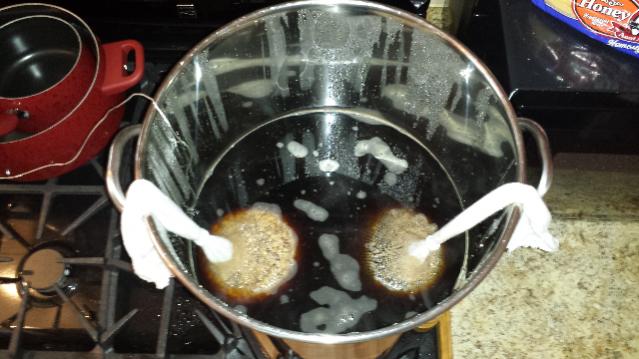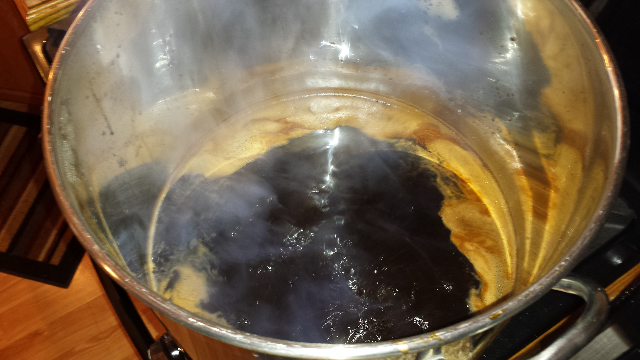Bob
Well-Known Member
When it does comes to bottling since I will be starting off with that as I have dropped a good penny to get started and can't really move into a keg system yet, would it be more wise to go with a capping bottle or swing top? And also how do you feel about large capacity bottles such as growlers?
I prefer swingtops. Have for YEARS. Couple of reasons - they're larger than longnecks, so less bottles to fill. They're easy to clean and sanitize. You don't have to buy caps. They come with beer in them already.
I did the math on that once. It cost me 30% more to buy a case of new, unused swingtops at LHBS than it did to buy a case of Grolsch. NO BRAINER.

You can often also get free bottles from local good-beer bars. Make friends with the staff and ask them to save the Grolsch bottles.
Also, seek out the places which offer Sunday brunch. The cheap champagne with which they make their mimosas is American. Most American sparkling wine bottles will take a regular ol' crown cap. Some don't; it's a different diameter. But you can easily get the right crown caps (and capper fitting) from your LHBS.
Now, as to my advice?
1. Temperature control. Can you brew good beer without it? Sure. Most of the time. Temperature control - meaning both wort chilling and fermentation temperature management - are the key to brewing good beer consistently. That you have a wort chiller and swamp cooler already puts you well ahead of the majority of beginning brewers.
2. Keep it simple. When you start to develop your own recipes, or go looking for a non-kit recipe to brew, KISS. Homebrewers have a distressing tendency to needlessly complicate things. For example, Sierra Nevada Pale Ale has five ingredients TOTAL: Pale malt, Crystal malt, Cascades hops, water, and yeast. Some of the homebrew "clone" recipes I've suffered through tasting have upwards of five ingredients in the grist alone. None of them ever even resembled the original. Simple rule: Keep it simple. The more complicated it is, the more likely you're going to screw it up.
3. Realize that brewing is 90% janitorial. Everything must be clean and sanitary. "Clean" goes for your equipment and brewing area, also. A good rule of thumb is "If it isn't clean on the outside it can't be clean on the inside." Let me reiterate something noted above: If it isn't clean, it CANNOT be sanitary. And everything which comes into contact with your beer after the heat drops below 180F must be sanitary.
4. When you get your instructions out of the kit you bought for your first brew, post them here so we can laugh at them, tell you to ritually burn them and then walk you through proper brewing process. 98% of beer-kit instructions suck sh!t through tubes.
5. Pitch enough yeast. Learn how to use www.mrmalty.com and other yeast-pitching calculators. Do not trust what your instructions tell you (see #4, above). Hell, don't trust what many homebrewers tell you! One vial or smack-pack is hardly ever enough yeast.
6. Read and absorb. At the same time, learn source evaluation. You must be able to discern between good advice and bad. Sometimes it's not clear. Sometimes there's no clear-cut answer! But ask a question of six homebrewers and you'll get a dozen answers.
Welcome to the obsession...er...HOBBY.
Cheers

Bob


























































![Craft A Brew - Safale S-04 Dry Yeast - Fermentis - English Ale Dry Yeast - For English and American Ales and Hard Apple Ciders - Ingredients for Home Brewing - Beer Making Supplies - [1 Pack]](https://m.media-amazon.com/images/I/41fVGNh6JfL._SL500_.jpg)
![20131127_135256[1].jpg 20131127_135256[1].jpg](https://cdn.homebrewtalk.com/data/attach/135/135834-20131127-135256-1-.jpg)
